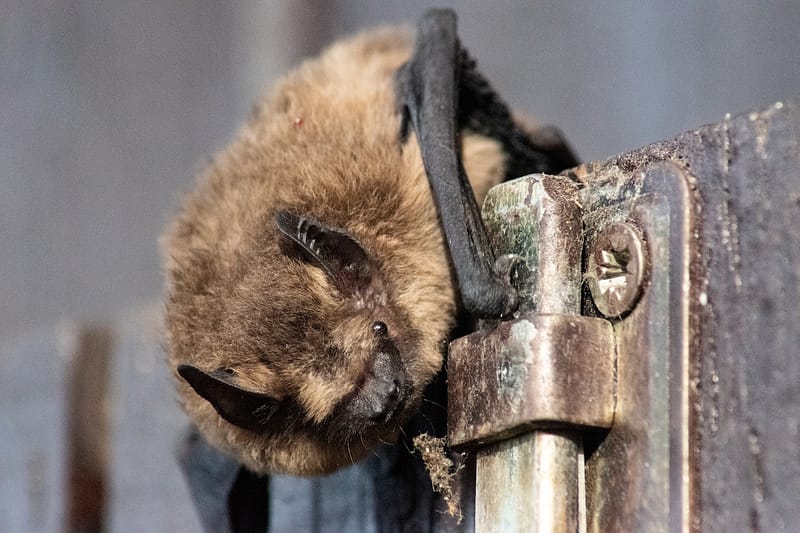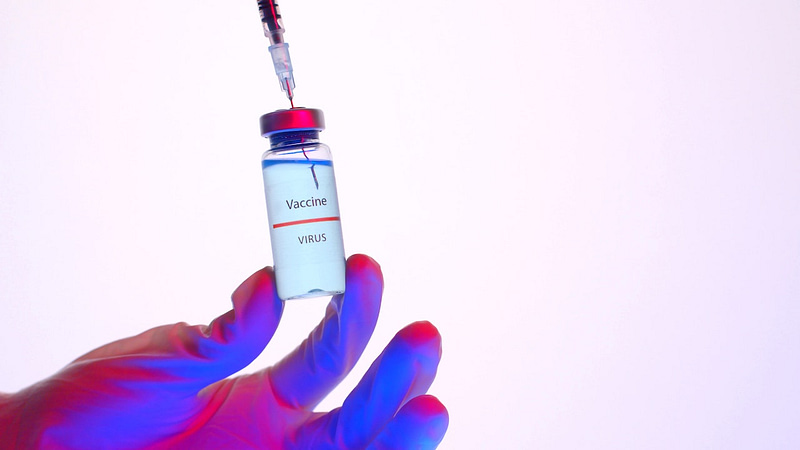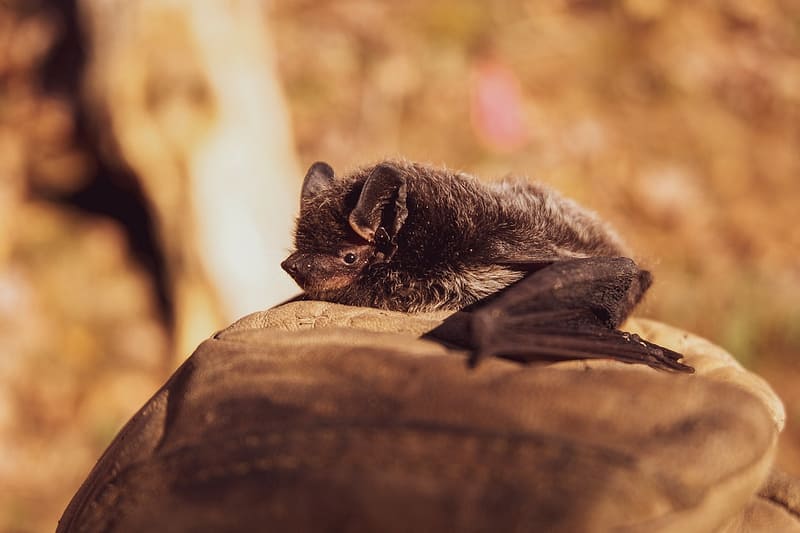Table of Contents
Bat and human encounters may be increasing in New England and Massachusetts as Rhode Island Department of Health warns an “unprecedented” number of residents have needed the rabies vaccine due to bat exposures. This is leaving more people asking; “What should I do if I find a bat in the house?”
Rabies Exposure Risk in Bats
While most bats are not infected with rabies, they are the most common mammal to carry the disease. Subsequently, don’t take a bat in the house lightly! Remember, without treatment a rabies infection is nearly 100% fatal.
You can’t tell if a bat is infected with rabies by simple observation. However, there are some telltale signs a bat may be sick, including being active during the day or finding a bat on the floor and inability to fly. Only special testing at a laboratory can confirm if the bat is sick with the rabies virus.
If the bat tests positive for rabies or can’t be captured and a bite or scratch may have occurred, the human rabies immune globulin (HRIG) and rabies vaccination is often recommended.


Capture the Bat for Testing
Try to trap any bat in the house by isolating it to a room and closing the doors and windows. Next, put on heavy work gloves, long pants, long sleeve shirt, closed shoes, and protective eyewear.
Avoid touching or handling the bat, especially with bare hands. Instead, find a small clear container or a box and a piece of cardboard large enough to cover the opening. Trap the bat with the container/box against a hard surface like the floor or wall. Then, slide the piece of cardboard across the opening and flip the container/box over. Secure the top with the lid or heavy tape and poke holes for air ventilation.
If you aren’t able to trap the bat safely, contact your local animal control. Additional information and suggestions from CDC on what to do, bat-proofing your home, and avoiding risk of rabies from bats can be found here.
Contact Your State Department of Health
For known or suspected bat bites, seek advice on receiving the human rabies immune globulin (HRIG) and rabies vaccine from your public health office. In Massachusetts, the Division of Epidemiology and Immunization can assist with questions; contact them at (617) 983-6800. You can also visit their website.
Keep in mind, bites and scratches from bats are not always visible on the skin so be sure to tell your state health representative full details about where and how the bat was found. If the bat was found in the same room where you sleep this warrants extra caution.
Rabies Immune Globulin and Rabies Vaccines for Bat Exposure
If you are recommended to receive the post-exposure human rabies vaccination following a bat or other animal bite, Destination Health Travel Clinic can help.
Sometimes human rabies immunoglobulin (HRIG) is recommended along with the human rabies vaccine. Read more about HRIG and recommendations for receiving following a rabies exposure.
